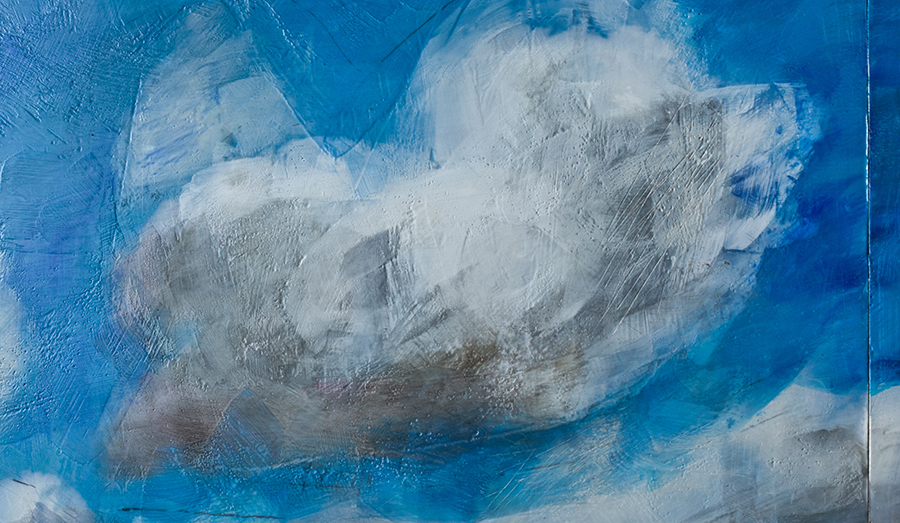Encaustic paintings are created with a mixture of melted wax, pigment and resin. With proper care, encaustic is considered to be one of the most stable mediums.
Like all works of fine art, encaustic paintings should be handled with care:
- Keep out of direct sunlight and avoid extreme temperatures. Hang and store at normal room temperatures. The wax will melt at 150℉/65℃.
- When packing artwork, cover the surface with waxed paper or an archival interleaving or glassine. Do not put bubble wrap or plastic wrap directly on the surface of the painting or it may leave an impression. If special packaging materials are included, please use those.
- Do not frame behind glass. If the piece does not have a frame included with it, a floater frame is a good option since it will protect the edges from chipping.
- Do not touch the surface. If you do, and leave fingerprints, you can buff those out.
- You can dust the surface with a large SOFT brush, working from top to bottom, or buff carefully to remove dust.
- As the wax cures over the first 6-12 months, or if the encaustic gets especially cold, “bloom” may develop on the surface. Bloom is a naturally-occurring whitish haze. The bloom can be buffed out.
- When the piece is “young” and the encaustic is not yet fully cured and hardened, it may go back to a matte surface frequently, but it can (and should) be buffed again to a glossier surface. As the encaustic cures and hardened, the gloss will stay, and it will also shed dust and dirt more easily.
Buffing Instructions:
To buff the surface, use a clean, lint-free cotton cloth, such as a wall-washed all-cotton flour-sack towels. If one is included, please use that.
- Snap the towel to remove any possible debris, then ball it up with no wrinkles or seams on the polishing side.
- Start cautiously, buffing in circles while looking at the surface from an angle to ensure that no scratches are being left on the surface.
- When you are sure that you are not leaving scratches, you can buff more vigorously to bring out the gloss.

detail of Making My Own Paradise, 2016, showing the gloss and texture on surface
